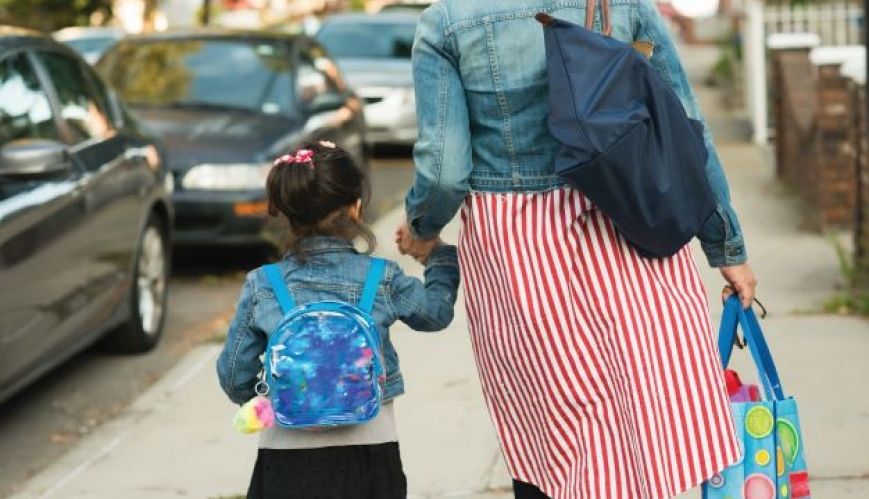Living in limbo

Living in limbo
22 June 2022
Asylum seekers can’t put down roots even if they have Australian-born children.
Who would know that Maryam*, the smiling lady handing you the best kebab you have ever tasted, is experiencing extreme levels of stress?
Maryam runs a successful kebab business in Melbourne, but that’s not the source of her stress. She is just one of 30,000 asylum seekers on temporary visas in Australia, and it’s this life in limbo that is causing her debilitating anxiety.
Major Karen Elkington, Manager of the Salvos Asylum Seeker and Refugee Centre in Brunswick, knows Maryam. She knows she fled to Australia from Iran for her safety, worked in a factory, saved hard, and is now running the kebab business while waiting for her appeal for refugee status to go through the courts.”
Her customers keep returning to tell her she sells the best-tasting kebabs in Melbourne, yet have no idea how stressed she is with her life full of uncertainty,” Karen explained.
Asylum seekers who live in limbo can’t settle or put down roots even if they have Australian-born children. They can’t go to university and never know when a decision will be made on their refugee status. Many have waited more than nine years and still don’t know when they will get their first interview. They don’t know if their application will be rejected or accepted or why some asylum seekers can work and others can’t. Many wonder if a change of approach will work or whether they will stay in limbo in Australia because they can’t return to their country of origin.
“I see this as a human rights issue,” Karen said. Karen and her team have seen increased levels of desperation recently. They question the Salvo centre’s capacity to continue providing adequate support in the new financial year as current government support programs end. They see genuine hunger growing, with clients standing at the table at the front of the centre eating the pears and mandarins placed there. The team say there’s very little left at the end of each day.
“They, and we, are hanging on to hope at the moment,” Karen said.
Holding on to hope
Karen said that around 6000 asylum seekers haven’t had an interview yet to assess their status.
“If they arrived by boat and are subject to the Fast Track visa assessment process, this interview is their one and only chance to explain their circumstances,” she said. “This is still while dealing with trauma, language challenges, personal circumstances, lack of resources and massive uncertainty.”
Other asylum seekers’ temporary refugee visas have expired, but they have to re-apply for refugee status.
“They have been told they won’t be processed until all Fast Track visa processing is completed,” Karen added. “So, they keep going as best they can while trying to hold on to hope.”
Asylum seekers like Maryam who have had their applications rejected lose their government benefits and must fend for themselves while challenging the decision. Many know if they are returned to their country of origin they will face persecution, imprisonment ... even death. Some countries will not take back people refused asylum in Australia. So, living in limbo continues.
Removing the barriers
Thousands of people like Maryam just want to live in peace, work, study, look after their families and contribute to their communities. They want to belong – just like any other Australian family.
“We need to embrace and welcome people from refugee backgrounds and ensure they are included,” Karen said. “We need to remove the barriers for them.”
She challenges Australians to use empathy and ask themselves what they would do if they, or their family, were threatened with danger?
“We would do exactly what every asylum seeker has done in the same situation,” she concluded.
Asylum seeker and refugee numbers are a small proportion of our population, so most Australians would not know an asylum seeker. However, you have probably had contact with them at work or school, at your local coffee or kebab shop, without realising the ‘normal and nice’ person you know is living in limbo.